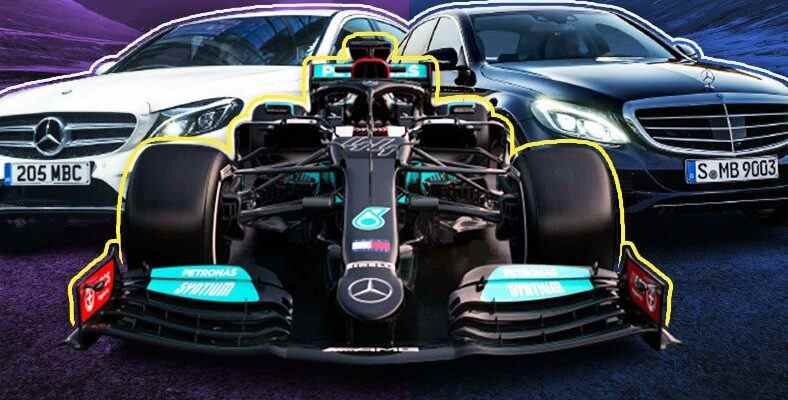As most of us, especially car enthusiasts, know, Formula 1 cars are the most advanced and fastest asphalt vehicles on earth. They have so many technologies and features that make these tools so capable. The ones that we can call the most useful of these features are even reduced to some street vehicles and they are driving around in traffic today.
First, let’s talk a little bit about how Formula 1 cars became so advanced. As there are technology-leading areas in most sectors, Formula 1 is the area where research and development is most intense in the automotive industry. One of the main reasons for this is that Formula 1 is one of the oldest and well-established motorsports, as well as having astronomical budgets and revenues. This is for most competing teams. try untested new technologies and experiments in toolsgives you the chance to see the performance of technologies.
Well, these incredible technologies are being tried and developed, but it’s nice; What will these technologies do in our daily life? After all, you might be thinking that these are all enhancements to speed up and strengthen vehicles. We will talk about why each technology is applied one by one, but to summarize it briefly, everything that accelerates and strengthens Formula 1 cars is also what these cars do. Increases efficiency, road stability and ease of driving. Here are five Formula 1 technologies you can see in street cars…
A flying carpet or a runway monster. Here is the “Adaptive Suspension and Traction Control System”.
What we hear today, especially in luxury sports cars, “Adaptive Suspension” or “Active Suspension” The origin of its technology is based on Formula 1, as you can imagine. First of all, let’s talk about how it got a place in Formula 1 and then how it was applied to daily vehicles.
Originally launched in 1991 Williams FW14 The Formula 1 car, unfortunately, was not very successful due to some problems. That’s why Williams not only corrected those mistakes in the next season, but added revolutionary features on top of it.
One of the two most important features of the FW14B (Spec-B), which was launched in 1992 was traction control (TCS – Traction Control System). Thanks to this system, an electronic module could reduce the loss of control that may occur due to the excessive power produced by the engine by regulating the power and prevent the vehicle from getting out of control.
The second of these features was the active suspension system, which was even more interesting. This system adapts to the changing conditions on the road in line with the commands of the pilot. by changing the suspension stiffness vehicle for optimum handling he had it. All these technologies were so advanced that the FIA (Federation Internationale de l’Automobile) decided to use these technologies to make the races more competitive. prohibited its use.
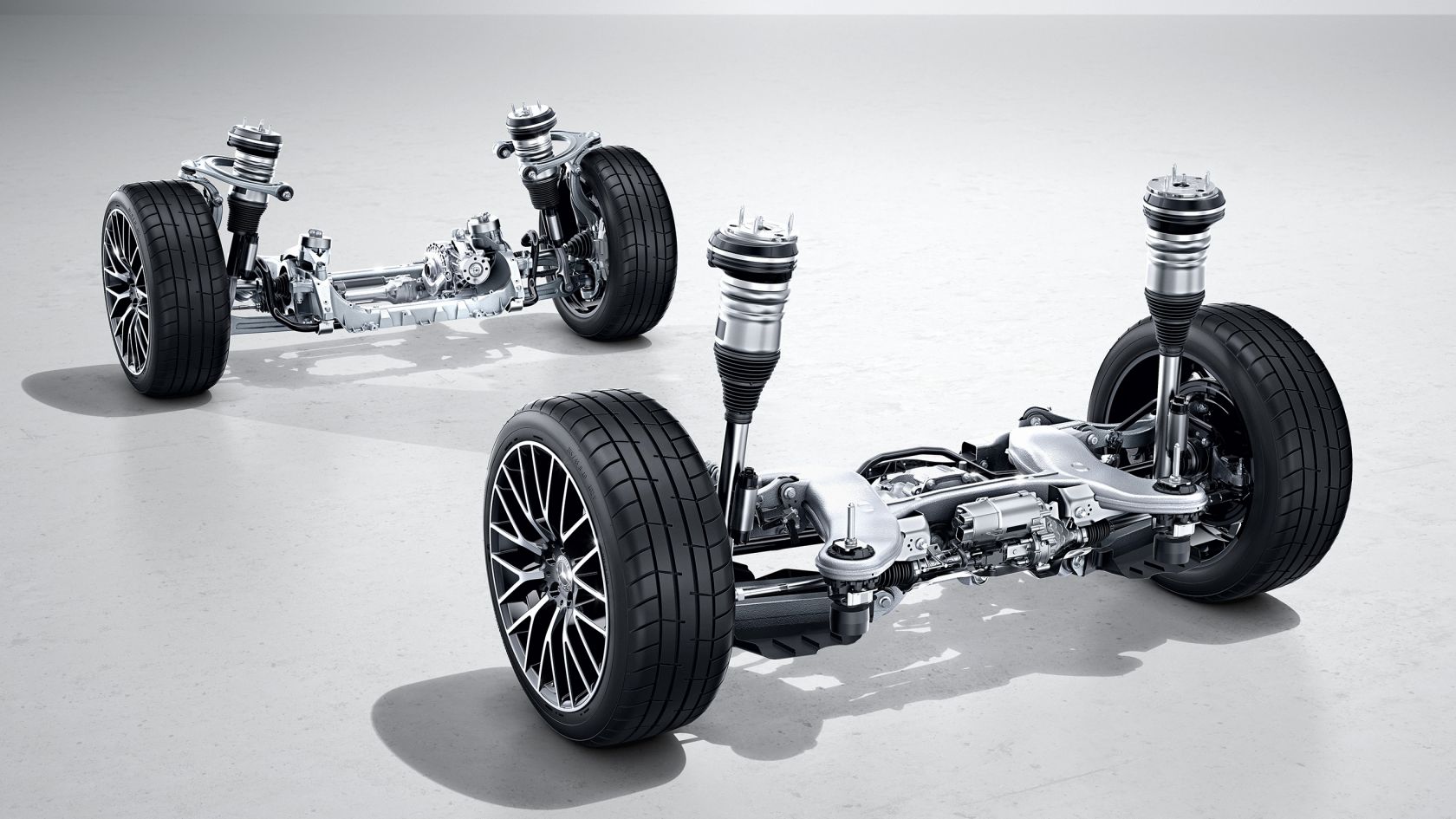
Of course, the fact that these technologies are banned in Formula 1 is not an obstacle for automobile manufacturers to apply these technologies to standard road vehicles. In fact, the grip control system was in vehicles in a very primitive way until twenty years ago. However, the Williams team, which makes it efficient and usable, today inexperienced drivers. It even gives them more control over their vehicles.
The active suspension system is usually luxury and sport found in cars adaptable to road conditions is a system. Thanks to this system, a luxury car can drive like a flying carpet, but can take on a very sporty character at any time.
You no longer need to choose your side. Here is “Hybrid Vehicles”.
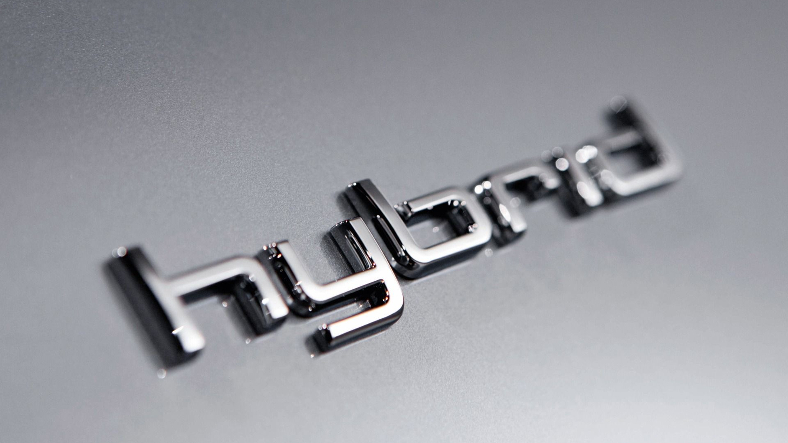
Of course, one of the technologies that makes modern Formula 1 cars so advanced is that hybrid transmission systems. The system we call “Hybrid” is a kind of propulsion system in which an internal combustion gasoline or diesel engine is supported by an electric motor or engines. Thanks to these systems, Formula 1 cars were reaching levels of thermal efficiency never seen before.
First time 50% thermal efficiency in 2014 had been reached. This means: Half of the chemical energy contained in the burned gasoline was converted into mechanical energy and the other half into heat energy. This may sound bad, but if you consider that the average car on the street only achieves 25-30% efficiency, you can understand how advanced Formula 1 cars are.
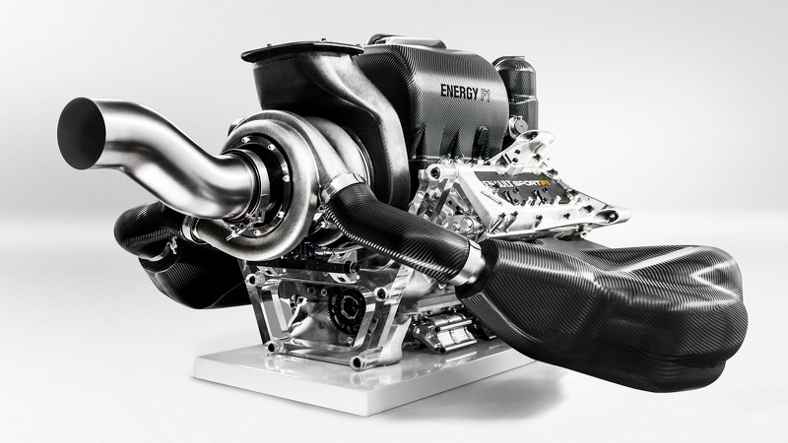
In fact, this technology has been used in Formula 1 cars long before (2014). For example, the Toyota Prius (1997) was one of the oldest and most popular hybrid vehicles. However, pre-Formula 1 hybrid systems inefficient, unreliable In short, they were systems that people did not want to choose. However, after Formula 1 developed more hybrid systems thanks to their enormous R&D budget, passenger car manufacturers started to apply the technologies developed here to their vehicles, and today’s incredibly efficient hybrid vehicles were born.
Two birds with one stone. Here is “KERS”.
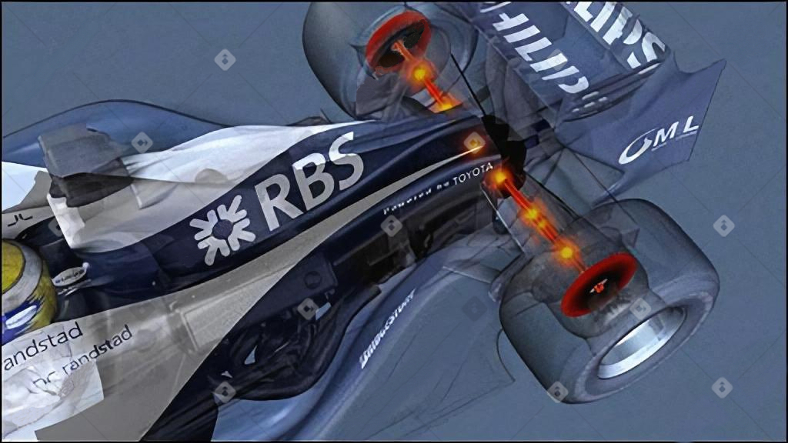
KERS (Kinetic Energy Recycling System) replaces the batteries of hybrid period Formula 1 vehicles (2014 – Present). full of race plays a major role in their retention. The vehicle gains speed kinetic energy This system, which converts it into electrical energy by helping the braking system, plays a very important role in the efficient operation of the hybrid system.
“So how does this system work in our daily vehicles, what are the benefits in our vehicles?” If you ask; The first thing we should say is that it will contribute to operating costs. When you take your foot off the accelerator in a hybrid or electric vehicle, a generator connected to the chassis comes into play and converts the kinetic energy your vehicle has gained by accelerating. recharges batteries by converting them to electrical energy. This works for you in two ways:
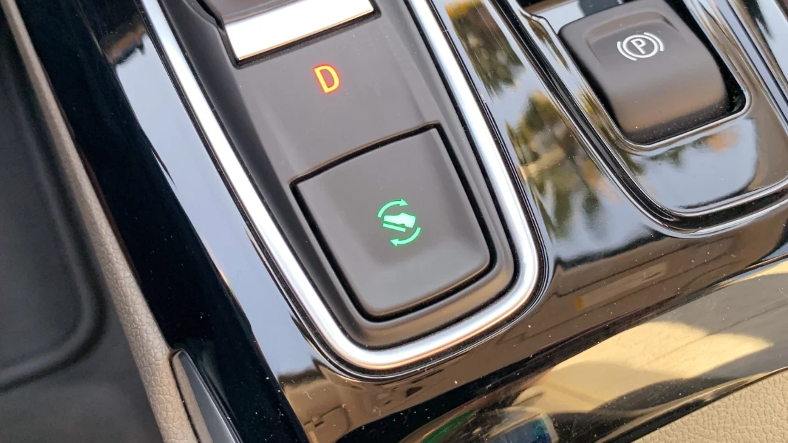
First; your vehicle will necessarily slow down due to the “law of conservation of energy” to convert the kinetic energy it has into electrical energy. Thanks to this deceleration, the brake is actually discs and pads In direct proportion, its use will decrease in very obvious amounts. At the same time, in some vehicles (especially electric ones), the amount of this effect can be adjusted and “One Pedal Drive” a system called Since this system does the energy conversion work strongly as if braking, it acts as a kind of brake and slows the vehicle down until it comes to a near stop, thus You don’t need to use the brake pedal. Both your disc and pad set will last much longer and your battery will be charged in considerable amounts.
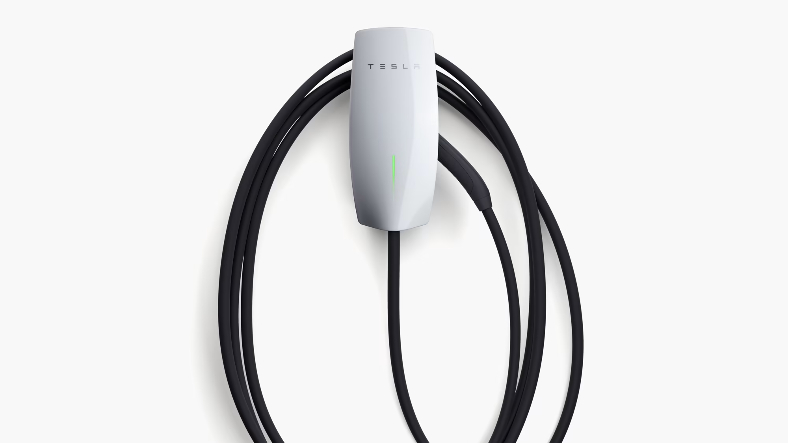
Secondly, thanks to this system, hybrid vehicles are used to charge their batteries. only to motor or wall adapters it doesn’t need it. In this way, you increase fuel economy by stealing less power from the engine, but you also save a good amount on the electricity bill as you will have more charge when you get home.
Gear shifts are faster than ever, transmissions are just as fragile. Here is the “F1 Gear”.
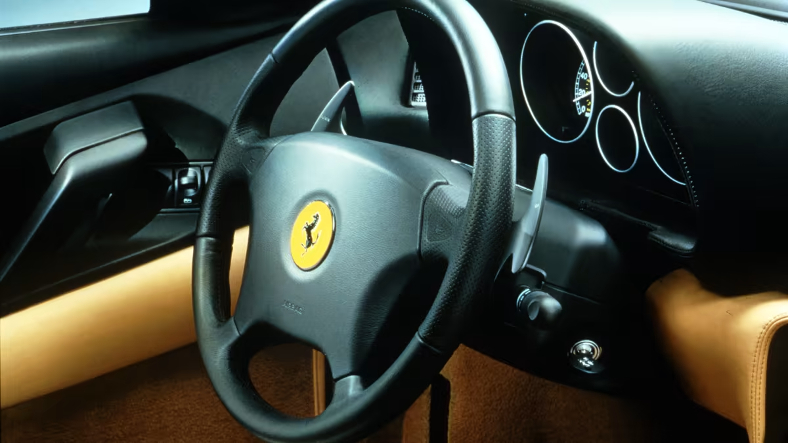
Many people who watch Formula 1 or not “F1 Transmission” heard the term. As you can imagine, “F1” in this transmission type refers to Formula 1. So what is this F1 gearbox?
This transmission, which was started to be developed in the 1979 Formula 1 season, was offered to Formula 1 drivers for the first time. shifting without taking your hands off the wheel provided the opportunity. This gave the pilots incredible control and speed over the car. With a car with this equipment winning its first race in 1989, this system has now become a Formula 1 standard and has its name engraved in the history books. The working logic was actually quite simple, a sequential gearbox was controlled by a selector working with a pneumatic or hydraulic system.
This system was compared to the automatic transmissions with torque converter of that period. it was faster and more emotional. This system was indispensable for sports cars, as the driver could manually change gears at any time. The first company to use this system in passenger cars was Ferrari, one of the stars of Formula 1 of the time. The Ferrari F355 Berlinetta F1 was the first “F1 transmission” car to travel in traffic and was offered to users. Of course, this system was not very successful when it was first introduced; cause too many malfunctions It was very expensive to maintain. However, with the advancement of technology and making transmissions more reliable over time, this system was highly appreciated by buyers and evolved into today’s dual-clutch automatics.
Now hands are always on the wheel. Here is the “Multi-Function Steering Wheel Buttons”.
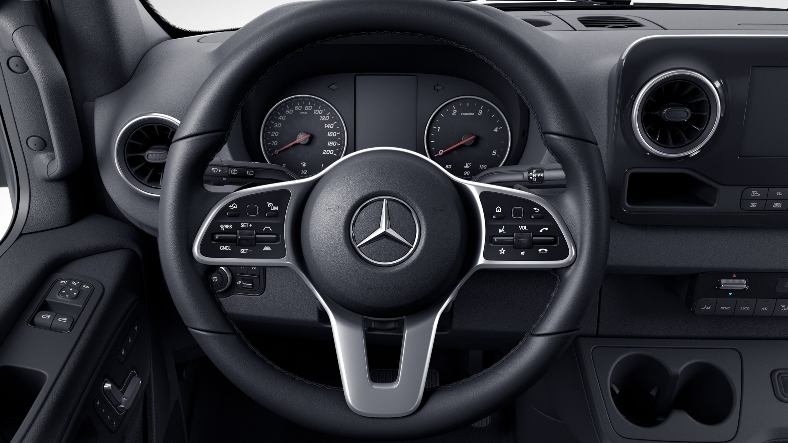
At the steering wheel of most 2005 model and above vehicles circulating in traffic today. remote control buttons We all know it is. Thanks to these buttons, we can choose the speed control system, media volume, radio channel or the song we are listening to. How did these multi-functional buttons take place in our vehicles?
In fact, these buttons on your car are also a Formula 1 artifact. This technology, which started to be used in Formula 1 vehicles at the end of the nineties, was developed for the driver to perform some controls without taking their hands off the steering wheel. In this way, at any part of the race, dominance will not wanethey would be able to drive more effectively. This advantage has been seen as beneficial not only for Formula 1 drivers, but also for us who use it in traffic, and it has started to be used in the steering wheel of passenger cars. Now, thanks to this technology, passenger car drivers can also critical controls They can do it without taking their hands off the steering wheel.
The five technologies we listed above and the like were transferred from Formula 1 vehicles to passenger cars over time, making today’s vehicles more like an F1 vehicle. efficient and useful is on its way to doing it. Now you can feel a bit like a Formula 1 driver when shifting gears or changing the music through the steering wheel.
RELATED NEWS
